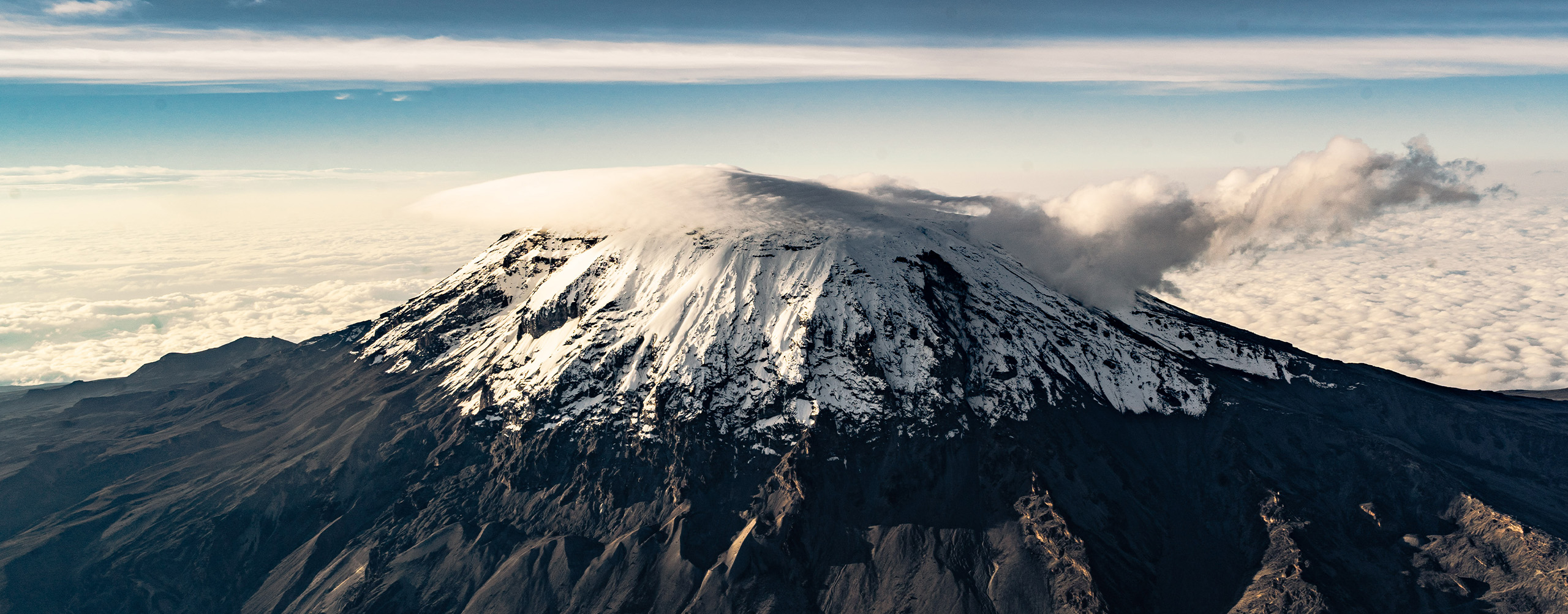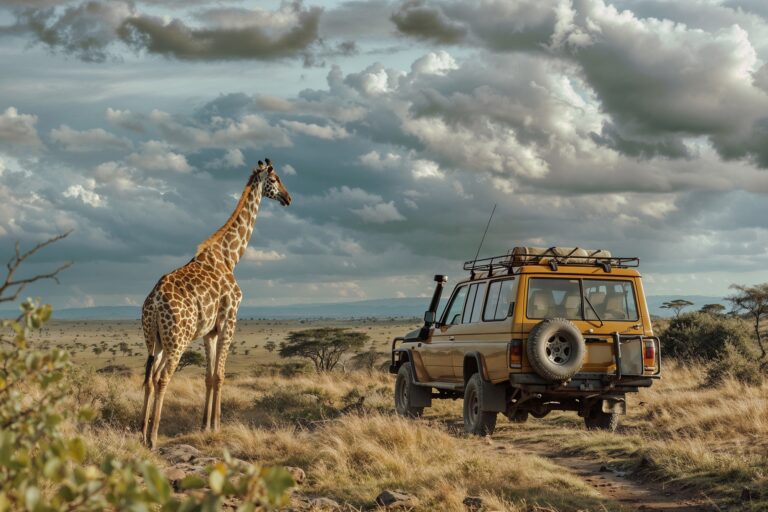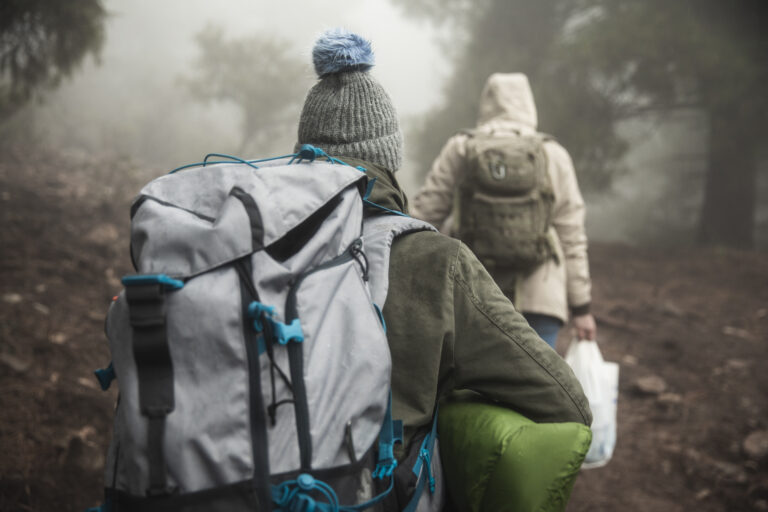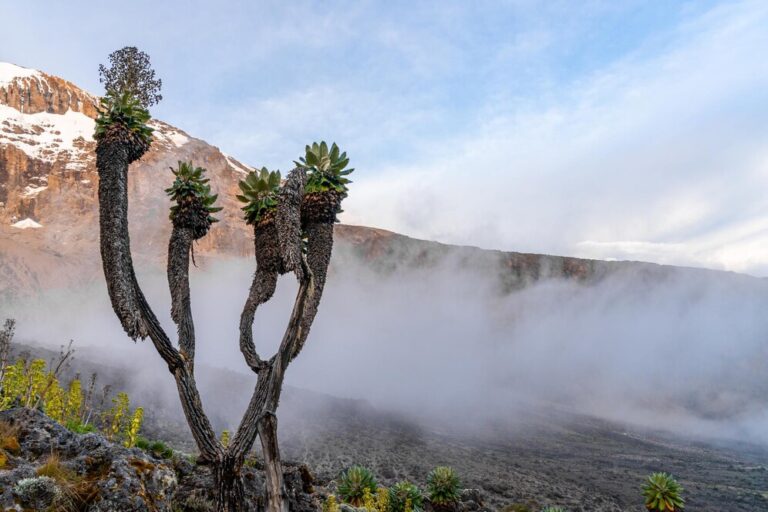Conquer Mount Kilimanjaro: A Journey to Africa’s Highest Peak
Mount Kilimanjaro, the tallest free-standing mountain in the world, is a dream destination for adventurers and nature lovers alike. Towering at 5,895 meters (19,341 feet), it offers not only a physical challenge but also a once-in-a-lifetime experience through diverse landscapes — from lush rainforests and alpine meadows to rocky deserts and glacial summits. Whether you’re an experienced trekker or a first-time climber, Kilimanjaro promises an unforgettable adventure.
Choosing the Right Route for Your Kilimanjaro Hike
Kilimanjaro offers several trekking routes, each with its own level of difficulty, scenery, and success rates. The Marangu Route, known as the “Coca-Cola route,” is the only one with hut accommodations, while the Machame Route, or “Whiskey route,” is popular for its beautiful scenery and higher success rates. Lemosho and Rongai routes are great for those seeking quieter trails, and the Northern Circuit is the longest but offers incredible acclimatization. Selecting the right route is crucial to match your fitness level, timeline, and experience goals.
What to Expect on the Trail
Hiking Kilimanjaro is a test of endurance, not technical climbing. You’ll trek through five distinct climate zones, starting in the rainforest and moving up to arctic conditions near the summit. Days typically begin early with long hours of walking, while nights are spent at campsites or huts. Altitude sickness is a major challenge, making proper acclimatization essential. Trekkers should be prepared for cold temperatures, basic facilities, and a mental battle as much as a physical one.
Essential Tips for a Successful Summit
To increase your chances of reaching Uhuru Peak, preparation is key. Train with long hikes, ideally at high altitudes if possible, and break in your gear well in advance. Choose a reputable local operator with experienced guides who prioritize safety and proper acclimatization. Pack wisely — layers, a good sleeping bag, quality boots, and snacks are essentials. Most importantly, pace yourself (“pole pole” — slowly, slowly in Swahili), stay hydrated, and listen to your body. With the right mindset and preparation, standing on the roof of Africa can become your reality.







